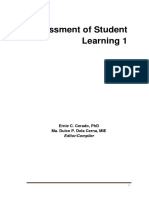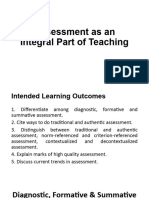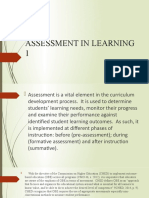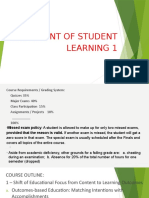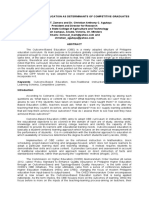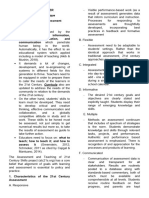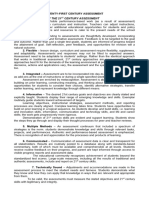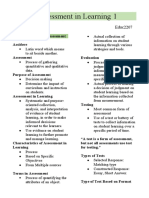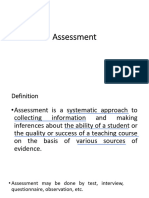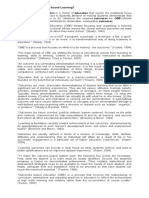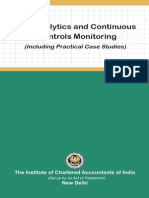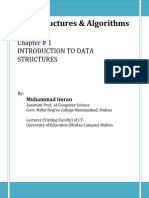0% found this document useful (0 votes)
33 views4 pagesModule 4 Assessment in Learning 1
The document discusses the evolution of assessment in education, highlighting the shift towards standards-based and outcomes-based education in the Philippines. It emphasizes the importance of aligning assessments with educational standards and the benefits of Item Response Theory (IRT) in improving test accuracy and fairness. The K-12 curriculum is designed to ensure that students demonstrate required competencies and skills, moving away from traditional teaching methods.
Uploaded by
Regina GincoCopyright
© © All Rights Reserved
We take content rights seriously. If you suspect this is your content, claim it here.
Available Formats
Download as PDF, TXT or read online on Scribd
0% found this document useful (0 votes)
33 views4 pagesModule 4 Assessment in Learning 1
The document discusses the evolution of assessment in education, highlighting the shift towards standards-based and outcomes-based education in the Philippines. It emphasizes the importance of aligning assessments with educational standards and the benefits of Item Response Theory (IRT) in improving test accuracy and fairness. The K-12 curriculum is designed to ensure that students demonstrate required competencies and skills, moving away from traditional teaching methods.
Uploaded by
Regina GincoCopyright
© © All Rights Reserved
We take content rights seriously. If you suspect this is your content, claim it here.
Available Formats
Download as PDF, TXT or read online on Scribd
/ 4








